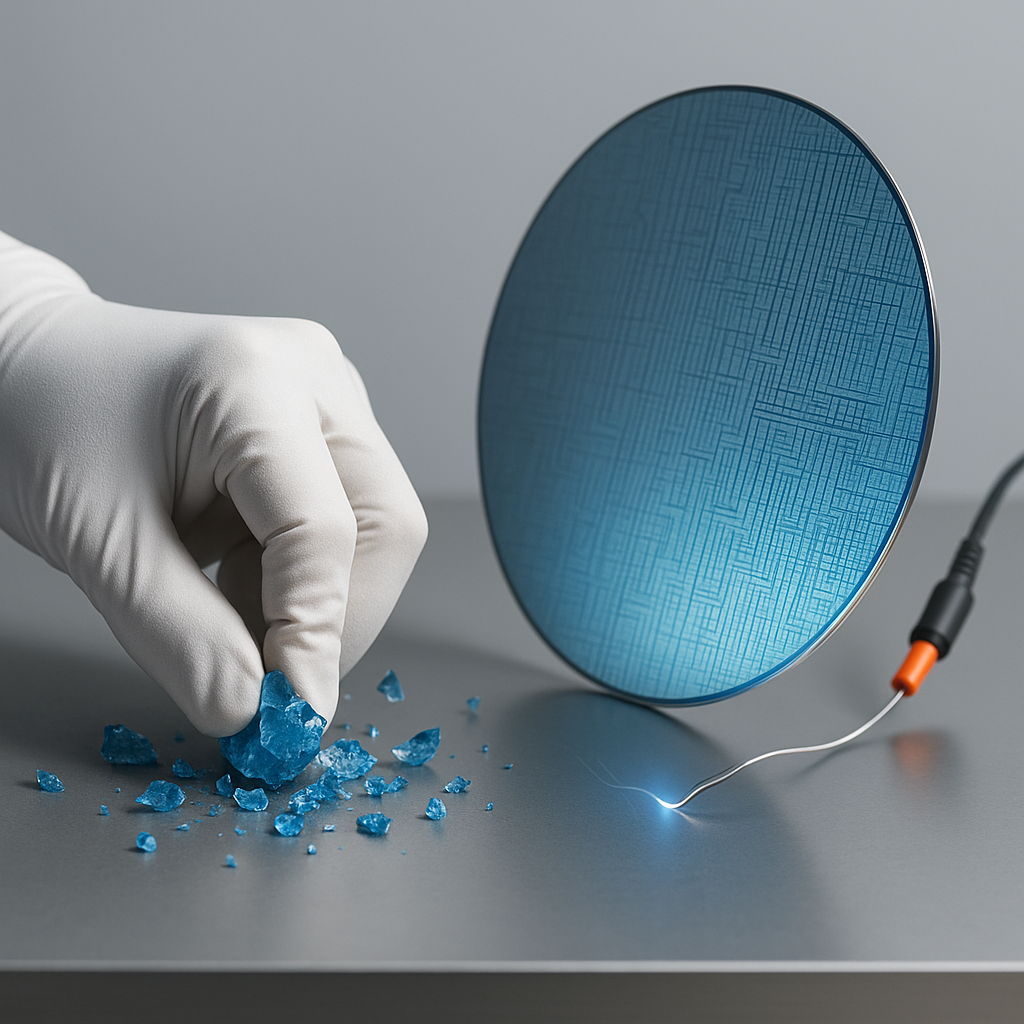1 ms Superconducting Qubit: Princeton's Tantalum Breakthrough Accelerates Fault-Tolerant Quantum Computing
Published Nov 16, 2025
On November 5, 2025, a Princeton University team led by Andrew Houck, Nathalie de Leon and Robert Cava reported in Nature a superconducting qubit made from tantalum on high‐purity silicon with coherence exceeding 1 ms—about three times longer than prior lab best (0.3–0.4 ms) and roughly 15× higher than many current processors. Longer coherence reduces error‐correction overhead and allows more operations before errors, improving prospects for fault tolerance; related devices showed T1 up to 1.68 ms, Q ≈ 1.5×10^7 (peaks 2.5×10^7) and single‐qubit fidelities of 99.994% (MIT reported 99.998%). Princeton projects that integrating this design into processors like Willow could yield ~1,000× performance gains. Immediate outlook: raise two‐qubit fidelities (target >99.9%), demonstrate logical‐qubit break‐even in 2026, and standardize tantalum‐on‐silicon fabrication in early 2026.
